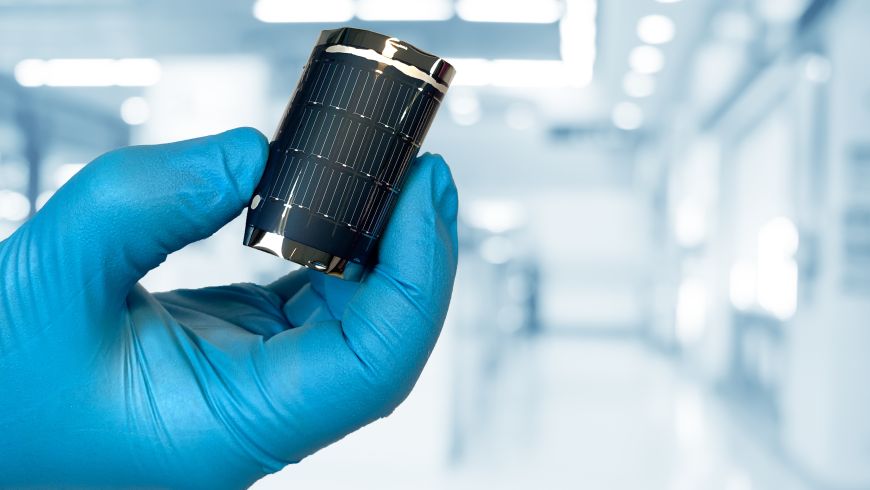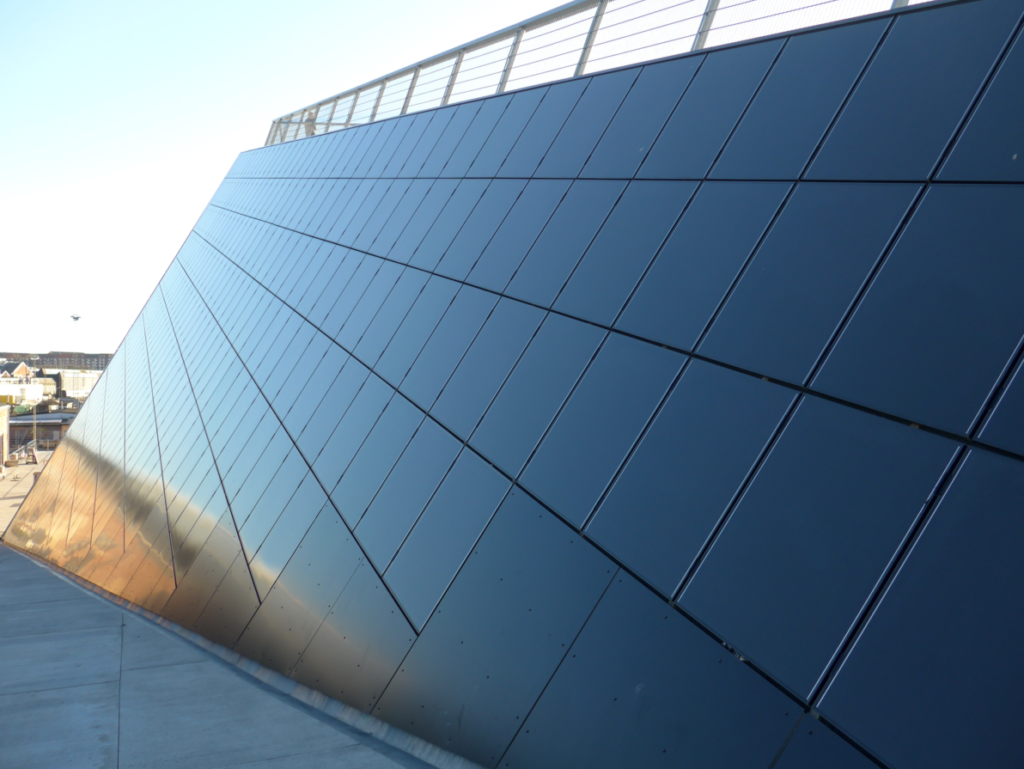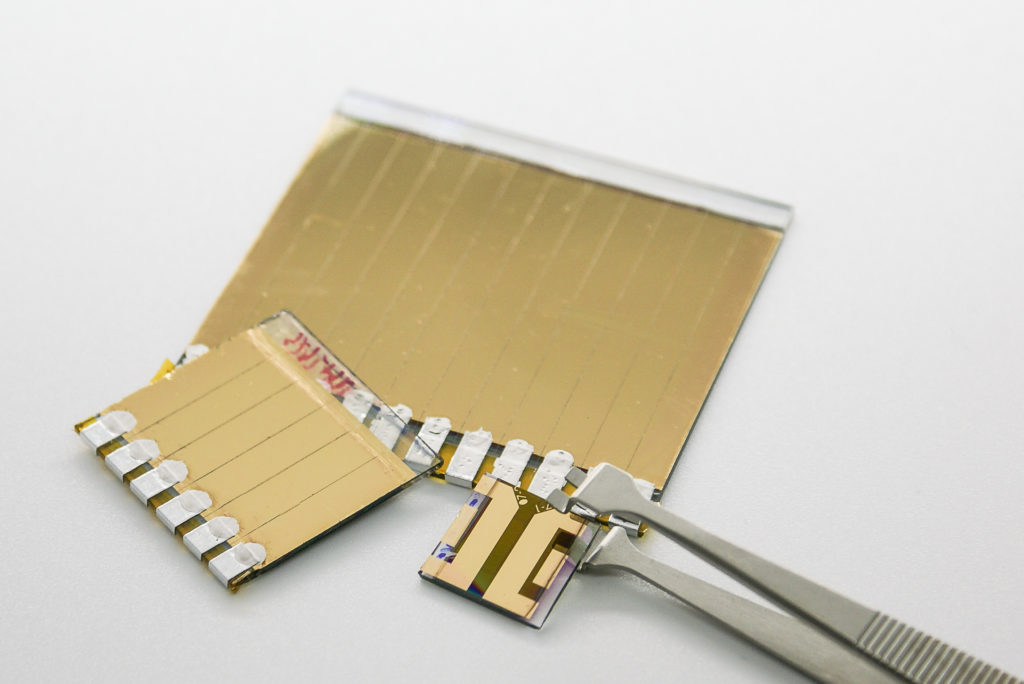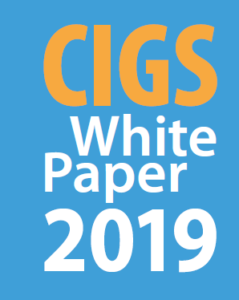Update: IW-CIGSTech 11 has been converted to an online conference.
Place and date have now been set for the international CIGS workshop IW-CIGSTech 11! It will take place at Helmholtz Zentrum Berlin (HZB) in Berlin Adlershof on 22nd and 23rd June 2020. The workshop will be co-hosted by HZB and ZSW.
The first day (Monday) will be devoted to industry updates, followed by a social event in the evening. On the second day (Tuesday), research organizations will have their say. The day will end in the early afternoon to enable everyone to get home on Tuesday.
More detailed information will be published at usual on the event website iw-cigstech.org.
You would like to be added to the event mailing list? Please write to info [at] iw-cigstech [dot] org.







